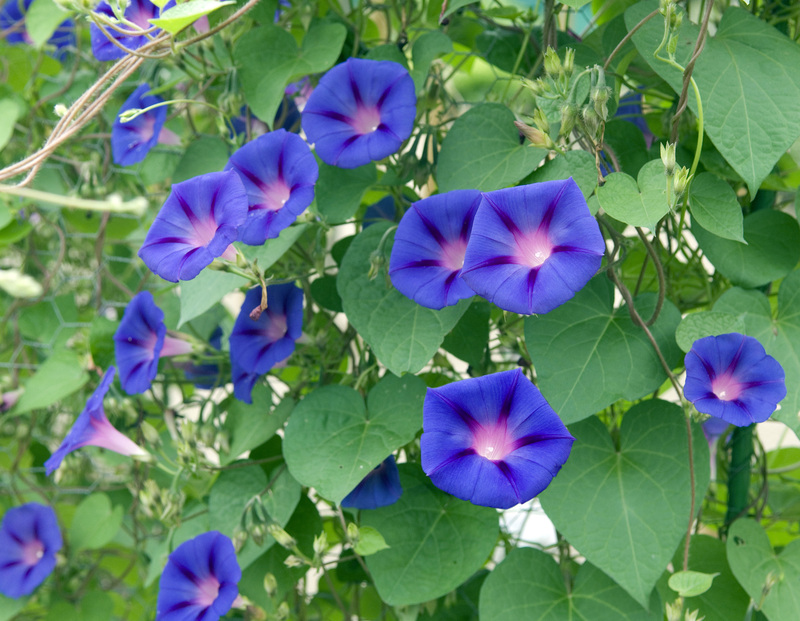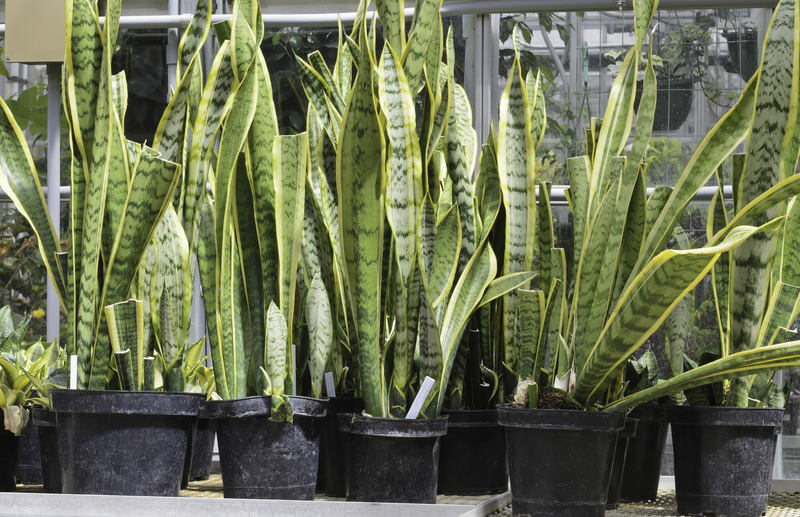Hydroponic Gardening: Getting Started Guide
Posted on 19/07/2024
What is Hydroponic Gardening?
Hydroponic gardening is a method of growing plants without soil. Instead, plants are grown in a nutrient-rich solution, which allows for faster growth and higher yields. This method can be used indoors or outdoors, making it versatile for various environments.

Benefits of Hydroponic Gardening
Hydroponic gardening offers numerous benefits. Firstly, it allows for faster plant growth because the nutrients are directly available to the roots. Secondly, it uses less water compared to traditional gardening because the water can be recirculated. Thirdly, it reduces the risk of soil-borne diseases. Finally, it can produce higher yields in a smaller space, making it ideal for urban settings.
Types of Hydroponic Systems
There are several types of hydroponic systems, each with its advantages and disadvantages. Some popular types include:
- Deep Water Culture (DWC): Plants are suspended in nutrient-rich water, and an air pump is used to oxygenate the water.
- Nutrient Film Technique (NFT): A thin film of nutrient solution flows over the roots, which are suspended in a trough.
- Ebb and Flow (Flood and Drain): The growing medium is periodically flooded with nutrient solution and then drained.
- Drip System: Nutrient solution is dripped onto the base of each plant, providing a steady supply of nutrients.
- Aeroponics: Roots are misted with a nutrient solution, allowing for maximum oxygenation.
Setting Up Your Hydroponic Garden
Setting up a hydroponic garden involves several steps. First, choose the type of hydroponic system that suits your needs. Once you've chosen a system, gather the necessary materials, including grow lights, nutrient solutions, and a hydroponic system. Assemble your system according to the manufacturer's instructions, ensuring that it is stable and well-aerated.
Choosing Plants for Your Hydroponic Garden
Not all plants are suitable for hydroponic gardening. Select plants that are known to thrive in hydroponic systems, such as lettuce, spinach, herbs, tomatoes, peppers, and cucumbers. These plants have relatively short growing cycles and can quickly adapt to hydroponic environments.
Maintaining Your Hydroponic Garden
Proper maintenance is crucial for the success of your hydroponic garden. Monitor the pH levels of your nutrient solution regularly, aiming for a pH between 5.5 and 6.5. Additionally, check the electrical conductivity (EC) of the solution to ensure that it has the right concentration of nutrients. Keep an eye on your plants for signs of nutrient deficiencies, pests, or diseases, and address any issues promptly.
Tips for Success
- Start with easy-to-grow plants like leafy greens and herbs to gain experience.
- Invest in a quality pH and EC meter to ensure accurate readings.
- Use a timer for grow lights to provide consistent light cycles.
- Clean your hydroponic system regularly to prevent algae buildup and clogs.
- Rotate your plants to ensure even light distribution.
Pros and Cons of Hydroponic Gardening
Pros:
- Faster plant growth
- Higher yields
- Less water usage
- Reduced risk of soil-borne diseases
- Ideal for small spaces
Cons:
- High initial setup cost
- Requires electricity
- Needs regular monitoring and maintenance
- Limited plant variety

Takeaways
Hydroponic gardening is an innovative and efficient way to grow plants. It offers numerous benefits, including faster growth and higher yields, but it also requires careful monitoring and maintenance. By choosing the right system, selecting suitable plants, and following best practices, you can enjoy a thriving hydroponic garden.
Conclusion
Hydroponic gardening is an exciting and rewarding way to grow plants. With the right setup and care, you can achieve impressive results and enjoy fresh, home-grown produce all year round. Whether you're a beginner or an experienced gardener, hydroponics offers a new dimension to gardening that is both sustainable and productive.



